Tracking funnels in Google Analytics – Part I
I had been looking for a way to achieve a real funnel tracking for quite some time now. When I say “real funnel” I mean a funnel that can deal with having more than one visit per average user prior to completion/conversion (a.k.a. Multi-Visit), especially when the order of the steps along the funnel (a.k.a. Chronology) is important.
A number of months ago I read an excellent post written by John from LunaMetrics, called “Segment your goal funnel in Google Analytics“. In his post, John talks about creating a separate goal in GA for each step along the funnel, so that we can apply advanced segments to the funnel (something that cannot be done from GA’s built-in funnel report). But what about checking the exit rate between steps? As a solution, John suggests creating a funnel for each of the goals following the first step in the conversion process. Each funnel will then contain a single step, which is the goal URL for the preceding goal. I must admit that I had already used goals for indicating the steps along a certain funnel, but his ingenious trick with the preceding goal was indeed the key, as he says, and the missing link that I had been looking for in order to achieve a real chronological funnel.
I have used John’s method on a number of occasions, and am usually happy with the results, as long as my users convert within one visit (since goals and funnels in Google Analytics are per visit, not per visitor. I will talk about that in great detail later).
A few weeks after reading the post, I needed to track a multi-visit funnel on one of our client’s websites. Statistic showed that on average, the time it took a user to convert – from the time he/she landed on the site – around 60 hours and 3 visits.
As this was a multi-visit funnel, I knew that I could not use Google Analytics and John’s solution, so I started using KissMetrics for tracking the funnels. I love KissMetrics! It is indeed a simple yet powerful tool. Once you set up your events, it is extremely easy to define your funnel using KissMetrics. In fact, it is so easy to create a funnel – I found myself creating several of them. I also like the debugger tool, which allows you to test and debug your implementation. All in all, I think they are doing a great job.
This site’s basic funnel included the following three steps:

These 3 steps were the most basic steps of my users’ acquisition phase, and I constantly worked on increasing the conversion rate from the Landing Page to the Sign Up and to the Activation stages.
For example, as my visitors had the option to subscribe to our newsletter without signing up for our services, this was a good way to increase the conversion rate. I also knew that I had several more pages – besides the landing pages – that helped convert users (for example, the Price Plan and the Guided Tour pages often lead visitors to the Sign Up stage).
Upon adding these steps to my basic funnel, it looked more like the following:

Each new step added (Subscribe, Plan Page, Newsletter and Email Promotion) MUST be added in this order, if they are to affect the funnel. For example, if a user views the Plan Page only after signing up for my services, I can be sure that it was not the Plan Page that helped convert this user.
Let’s take a look at Email Promotions. Most of my email campaigns do not take into account my users’ status. For example, the weekly promotion updates that I send are sent to all of my users, regardless of where they are in the process of becoming a customer. What I do know is that all of them have either signed up/registered for my site or subscribed to my newsletter (as I have their email details), plus some of them are already activated and/or may have even purchased something on my website.
I did tag my outgoing email links to all the necessary campaign information, in order to later on be able to view Google Analytics and see how many actual purchases had been made after each weekly promotional email. The only thing I was missing was being able to see exactly how these promotional emails were affecting my funnel, so I created an event in KissMetrics called Email Promotion, copied my basic funnel, and added the new event – between the Sign Up and the Activation:

However, when later examining the statistics, I could not explain the numbers and was a bit suspicious: I had more Email Promotion Events than Sign Ups. I also had a very high conversion rate from Email Promotion to Activation.
A quick check with the KissMetrics Support Team revealed that they do not take into account the order or the time of the event – as long as the event is within the chosen date range. Basically, what this mean is that if you have a funnel C -> B -> A, then for KissMetrics this means “Of all the people who performed a C within the date range, how many also performed both B and A, in any order”. I, on the other hand, was hoping to achieve the following data: “Of all the people who performed C, how many then performed B after C, and how many performed A after B after C”.
This is why I had a very high conversion rate from the Email Promotion to the Activation phase – some of my users received the email after activation, and some before. As KissMetrics ignores the order of events, the Email Promotion step included all users who received the Email Promotion, not just those who received them prior to Activation.
Although I completely understand the logic behind this, and I’m sure it suits most KissMetrics customers, I was looking for a solution that does exactly what I wanted. Which is why, after few months of roaming, I returned to Google Analytics and to John’s solution.
This time I decided to invest greater time and effort in investigating the multi-visit issue in Google Analytics. In my next post I will describe how Google Analytics in general, and John’s solution in particular, performed with some basic funnel scenarios, and in the following posts (part 3 and part 4), I will show you what I believe is the best way of dealing with chronological-multi- visit funnels in Google Analytics.

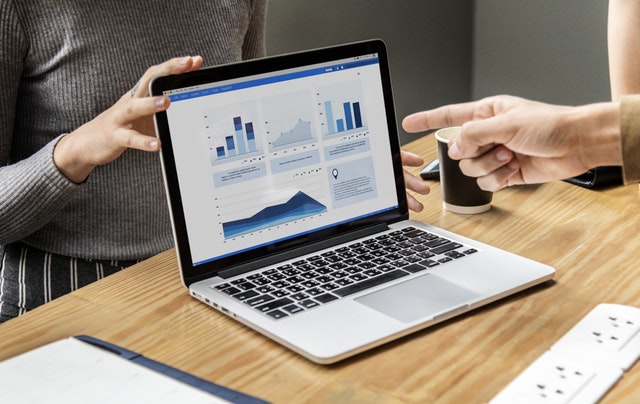
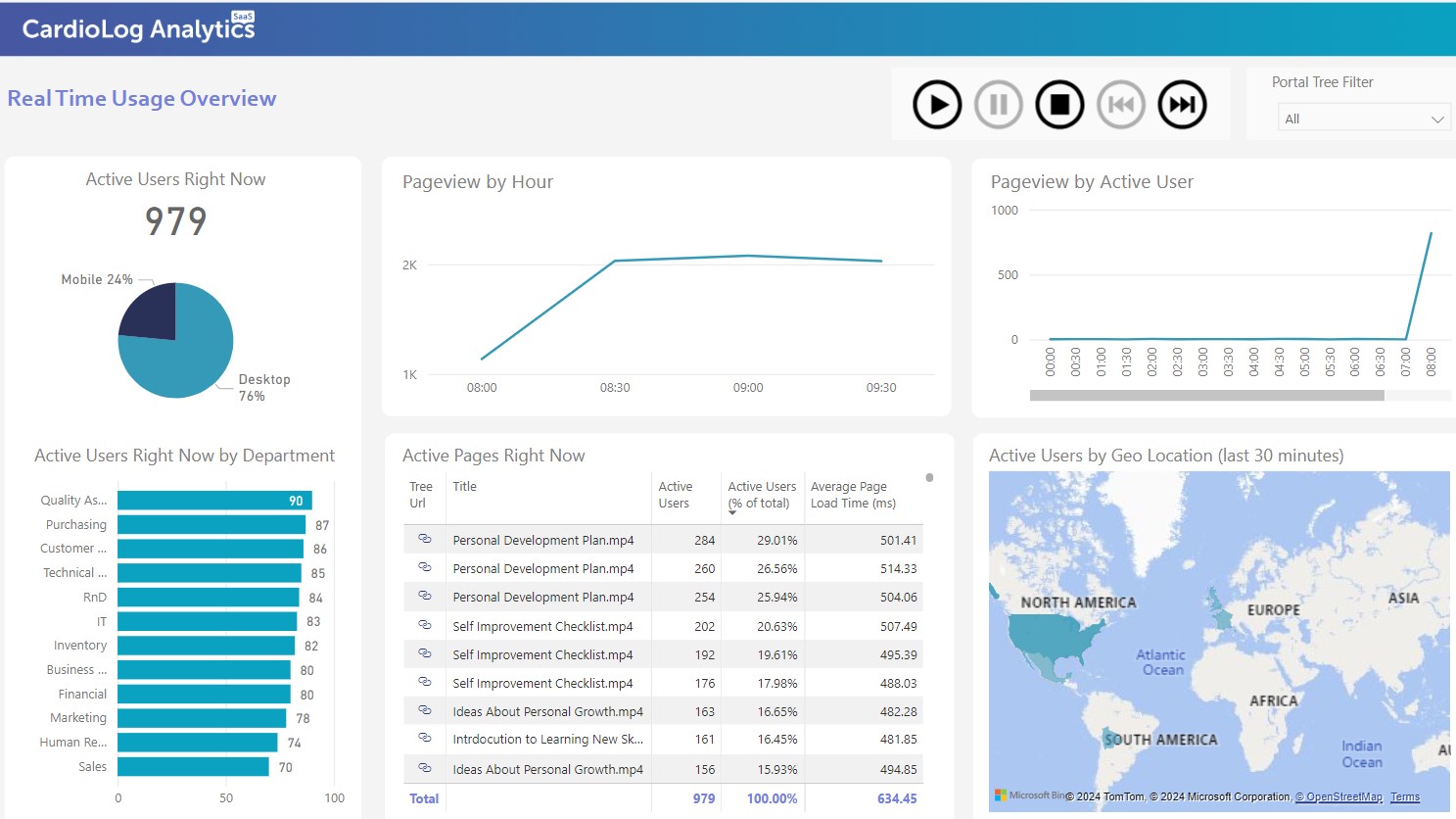


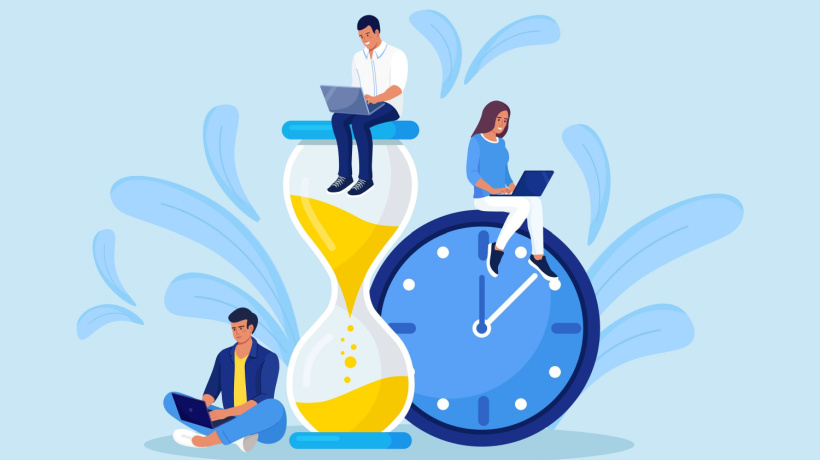

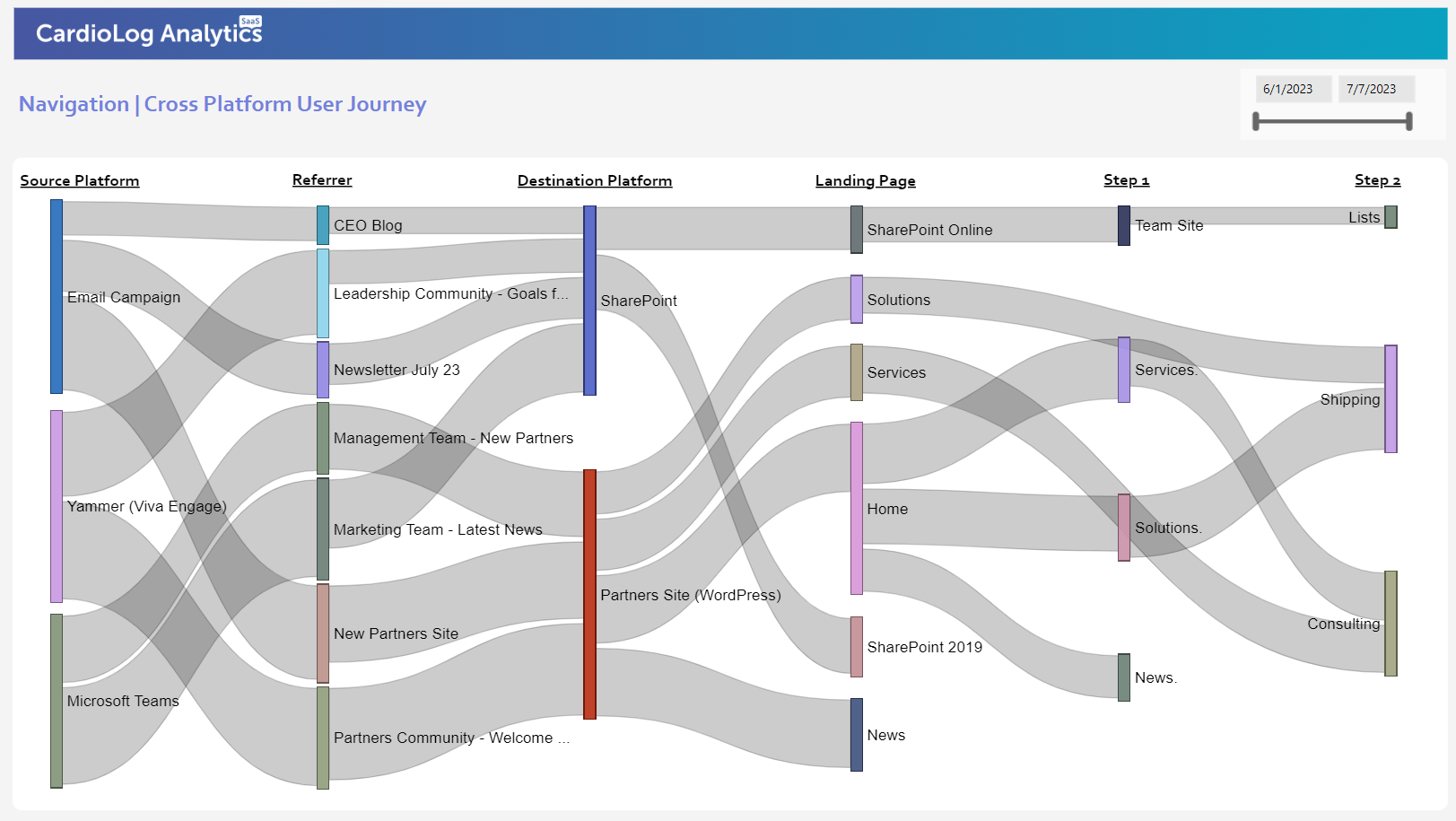


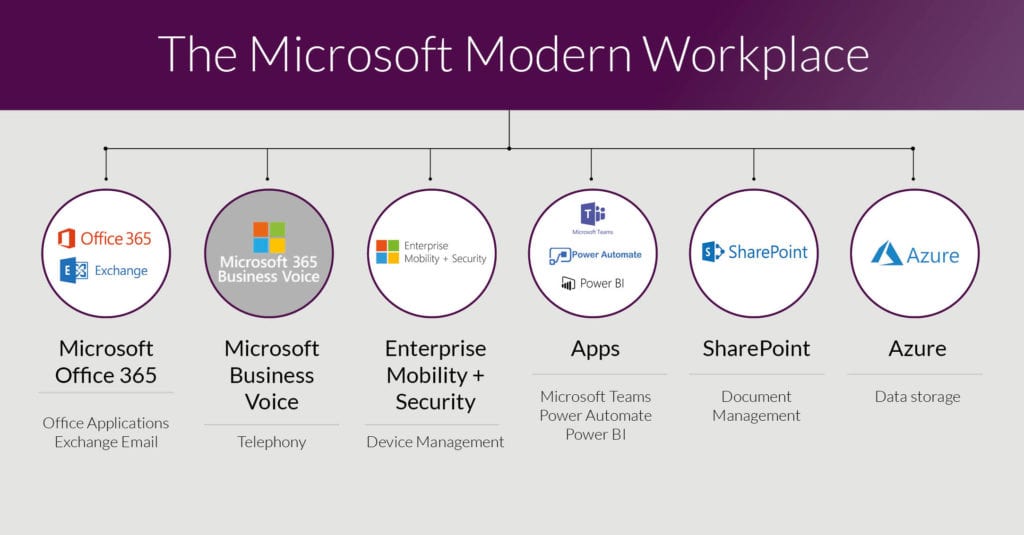

 Follow @cardiolog
Follow @cardiolog 